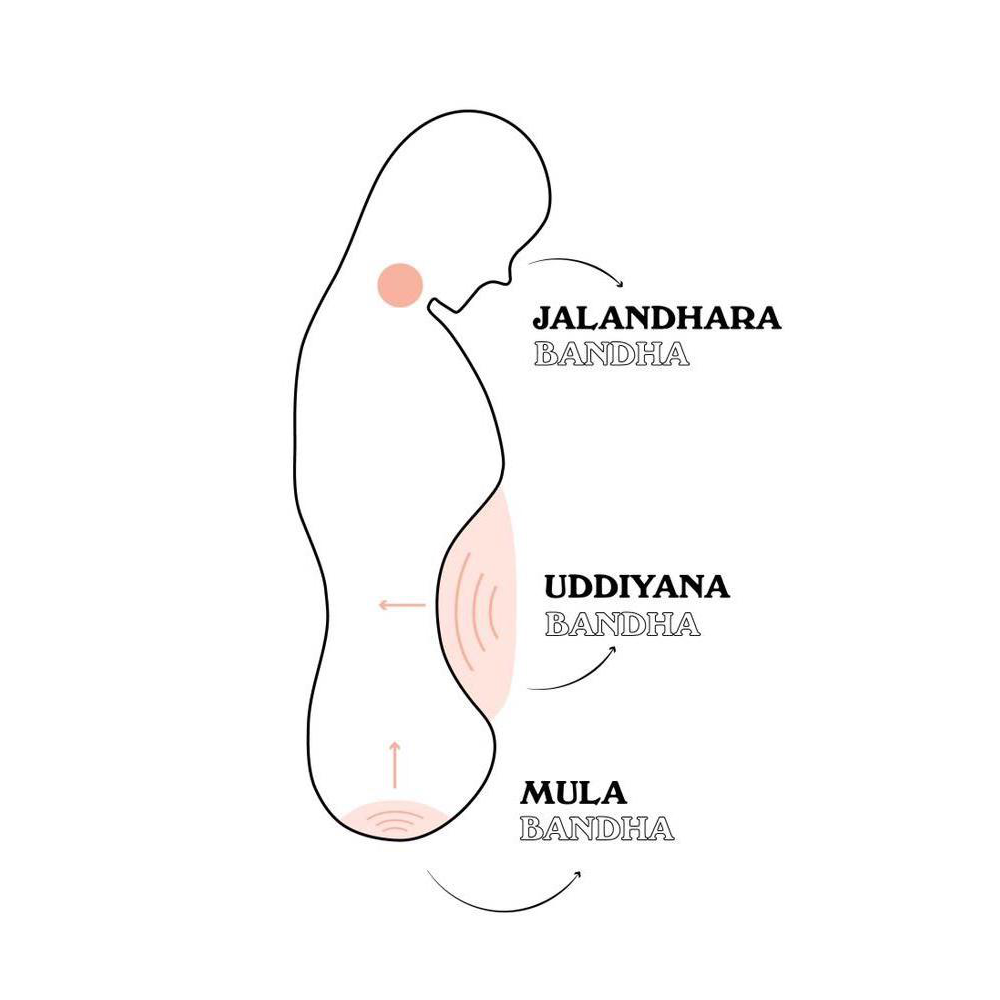Prana Kriyas & Yoga
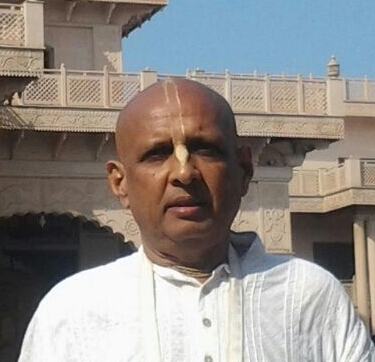
For the purpose of inspiring to practice Pranakriyas, this web page is created for disciples and students of HDG Dharmavira Prabhu
GURU SPEAKS:

“One should regularly practice pranakriyas as taught by the Maharishi’s. I do the fast by doing my pranakriyas one hour daily. This gives me pranic energy and it is also food, makes you feel less hungry. Hare Krishna.”
“Do pranakriyas for detoxification. Prana is Sri Krishna’s Life force. “
“By practicing the process of pranayama, one can eradicate the contamination of one’s physiological condition, and by concentrating the mind one can be free from all sinful activities. By restraining the senses one can free oneself from material association, and by constant chanting harinam one will get free from the three modes of material attachment. I always taught everyone these pranakriyas but unfortunately no one follows thinking they know better.”
“Announcement. This is one important yoga position. This is raising of the energies from your muladhara chakra to your third eye chakra.
“When Maharaja Prthu practiced a particular yogic sitting posture, he blocked the door of his anus with his ankles, pressed his right and left calves and gradually raised his life air upward, passing it on to the circle of his navel, up to his heart and throat, and finally pushed it upward to the central position between his two eyebrows.” SB 4.23.14
“When fasting pranakriyas and yoga is essential.”
PLEASE READ:
“A sincere person is able to see Kṛṣṇa through the transparent via medium of Śrī Gurudeva, the spiritual master.” [CC Madhya 18.99, Purport]
“We are trying to see Kṛṣṇa through the transparent medium of spiritual master. So we cannot manufacture that “This is Kṛṣṇa’s desire.” No. You have to get it confirmed from the transparent medium, spiritual master.” [Lecture on BG 1.45-46, London, August 1, 1973]
“The love of sādhus, guru and Vaiṣṇavas affords us the wealth of true happiness for all time, yet we are not prepared to accept even a drop of difficulty for their sake, not to speak of giving up our life for them. Is this the sign of a servant of Hari, Guru and Vaiṣṇavas?” [Śrī Śrīmad Bhakti Prajñāna Keśava Gosvāmī Mahārāja]
HEAL AND PREVENT DIFFERENT AILMENTS!
These pranakriyas are simple instructions to help us maintain our good health, heal our current and prevent future ailments. Please think about it: by doing these kriyas regularly you can reduce or completely avoid going to doctors and spending your money on their (mostly harmful) medications. PRANA KRIYAS EVERY DAY, KEEP THE DOCTORS FAR AWAY!
Finally, knowing that doing these Pranakriyas would please Śrī Gurudeva should be enough of a motive.
~~~~~~~~
PRANA KRIYAS
as taught by HDG Dharmavira das Prabhu – demonstrated by Madhavendra puri das
While performing kriyas, please implement the following rules:
- spine has to be always straight (no bending forward, backward, or sideways)
- with every breath you take while performing kriyas: inhale positive, exhale negative
- keep your eyes closed (once you learn all kriyas by heart)
- inhale when head goes up or you bend backward (not applicable in this video but in other asanas)
- exhale when head goes down or you bend forward (not applicable in this video but in other asanas)
- after some time of practice, your movements will refine
- do Pranakriyas always on an empty stomach
- Kurma kriya tip: your navel should be in the middle of triangle that you make with your fingers (hands mudra)
- Kumbhaka kriya tip: make Mula bandha (lock) after exhaling
Benefits of Kurma Kriya – total detoxification is happening within you. Prana increases.
Benefits of Surya Bhedi (Yogic Breathing) – power of the Sun – cure all diseases balancing the prana
LEARN YOGA FROM RAMDEV SWAMI
Baba Ramdev Swami is an authority on Yoga science in India and worldwide. This inspiring video is recommended by HDG Dharmavira das Prabhu to watch, learn and practice. In this video Baba Ramdev explains countless benefits from practicing these kriyas and asanas and he personally demonstrates how to do them correctly. He emphasizes the positive mindset in which kriyas should be performed. Please hear carefully about the precautions regarding different ailments that may limit the practice of certain kriyas or asanas. While hearing this video, please use discrimination: take what is useful, leave what is not (mayavada philosophy).
Benefits of Kapalbhati Pranayama
“You are exhaling out with only one Resolve in your mind: all the disease, impurities, ailments, pains and all negative forces are being thrown out. Body and mind are being purified with these thoughts. You should be doing Kapalbhati Pranayam. All toxins, oxidants will be automatically reduced, all the negative energies will be reduced. As you get rid of your negative energies, then your positive energies will increase. Your resistance power will enhance, immune system will become stronger, anabolism of the body will improve with the positive impact on metabolism.
Your vital energy levels will go up. By simply exhaling your resistance power will increase, digestive system will become healthier. Kapalbhati will have a positive impact on liver, spleen, intestines, pancreas, kidneys, prostate, uterus, ovaries, sexual organs, and reproductive system. These organs become healthy. It helps to reduce the cholesterol, triglycerides, thyroid may be cured in the long run, keep practicing at a gentle pace.”
Some yoga terms for basic understanding:
Ayurveda’s Definition Of Health
“Sama Dosha Sama Agnis Cha Sama Dhatu Mala Kriyaaha|
Prasanna Atma Indriya Manaha Swastha Iti Abhidheeyate” – Sushruta Samhita
Meaning :
One is in perfect health when the Three doshas (vata, pitta and Kapha) Digestive fire (digestion, assimilation and metabolism) all the body tissues & components (Dhatus) (the entire physical body) all the excretory functions (the physiological functions of urination and defecation) are in perfect order with a pleasantly disposed and contented mind, senses and spirit.
SITTING POSES
- Sukhasana
- Siddhasana
- Padmasana
- if you cannot sit in any of the sitting poses, you can use chair (preferably no armrest or backrest)

HAND MUDRAS
- Dhyana mudra
- Vayu mudra
- Shuni mudra
- Prithvi mudra
- Varun mudra
- Shakti mudra
- Apan mudra
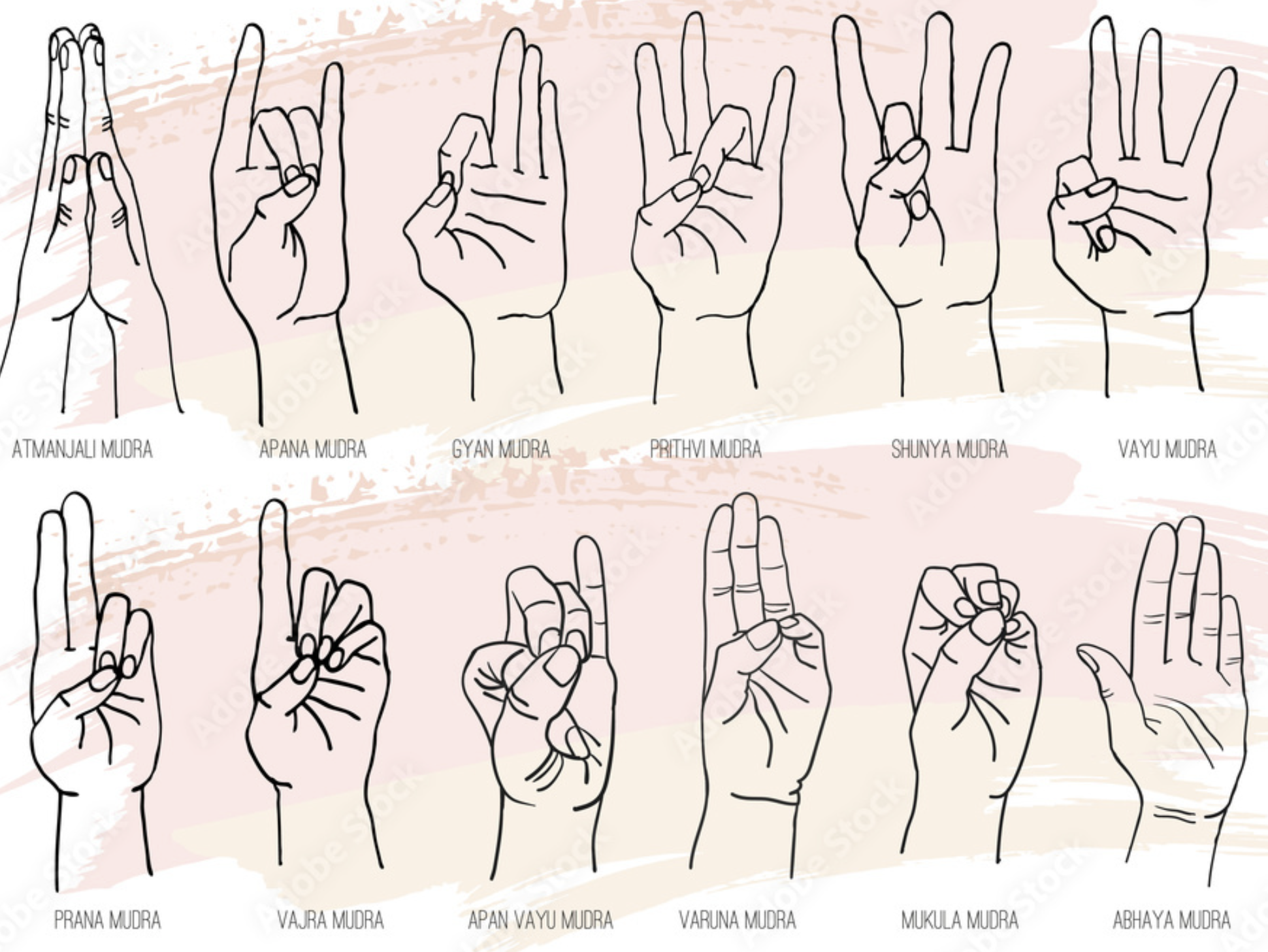
THREE BANDHAS (LOCKS)
PRANA VAYUS (5 life airs)
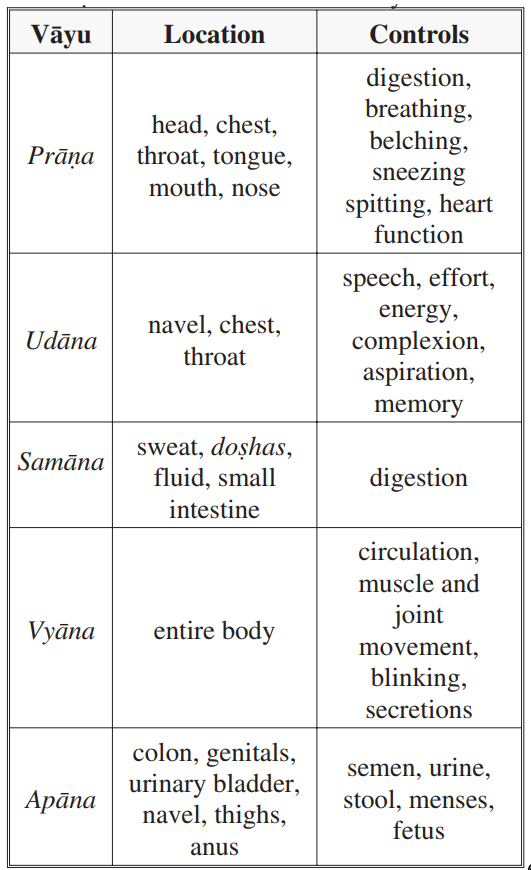
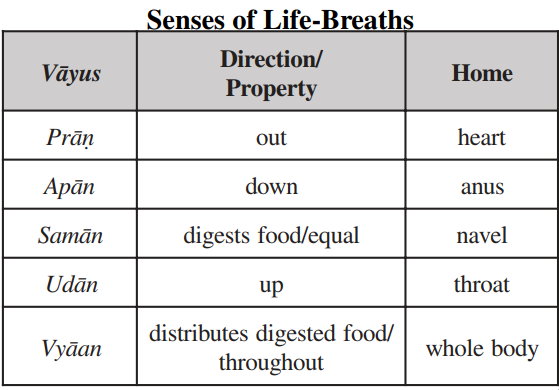
SUPPORTING QUOTES FROM SASTRA
“Everyone is trying to be very peaceful and happy. That is possible when one is promoted to the platform of sattva–guṇa. The yoga practice means that. Yoga practice means by controlling the airs within the body… That will be explained. There are five kinds of air, vāyu. When the airs are not controlled in old age, according to Ayurvedic system, it is called vāyu–roga. The muscles become slackened, old man. Because the air control or air circulation is not proper. There are many medicines, many practice of yoga. So the real purpose is, yoga practice means, to control the senses.” [From the lecture on Bhagavad-gītā 4.26, Bombay, April 15, 1974]
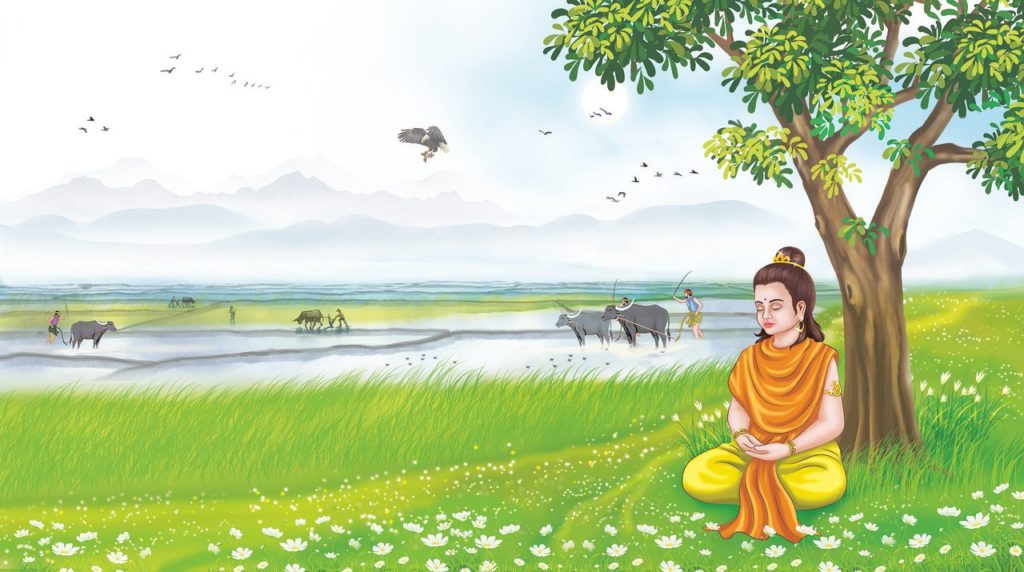
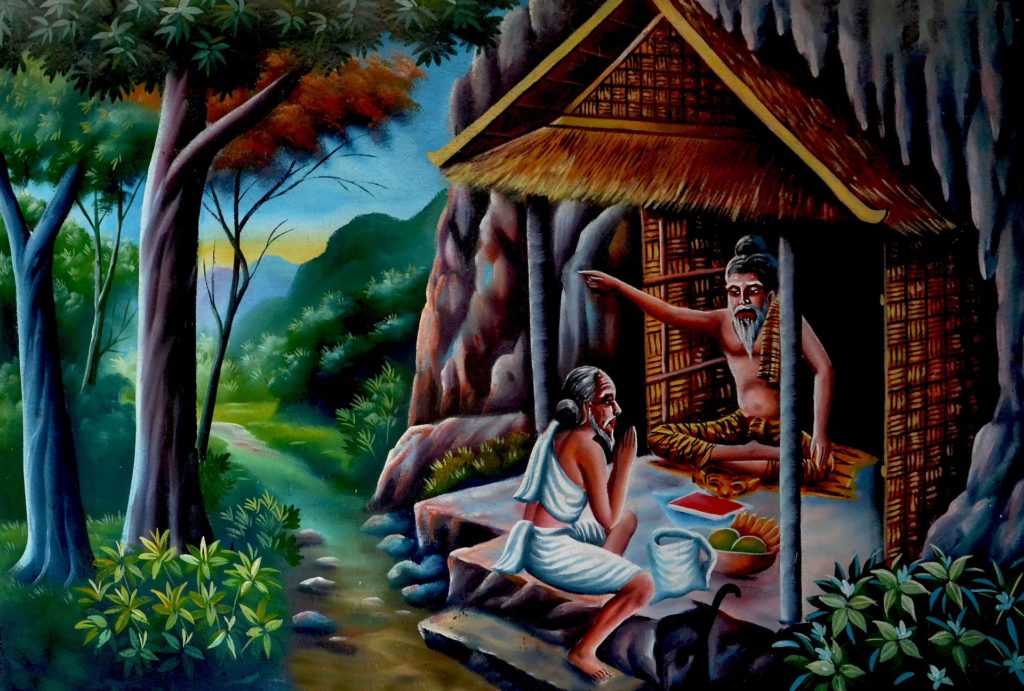
“The movements of the body are first generated from the heart, and all the activities of the body are made possible by the senses, powered by the ten kinds of air within the body. The ten kinds of air are described as follows: The main air passing through the nose in breathing is called prāṇa. The air which passes through the rectum as evacuated bodily air is called apāna. The air which adjusts the foodstuff within the stomach and which sometimes sounds as belching is called samāna. The air which passes through the throat and the stoppage of which constitutes suffocation is called the udāna air. Aid the total air which circulates throughout the entire body is called the vyāna air. Subtler than these five airs, there are others also. That which facilitates the opening of the eyes, mouth, etc., is called nāga air. The air which increases appetite is called kṛkara air. The air which helps contraction is called kūrma air. The air which helps relaxation by opening the mouth wide (in yawning) is called devadatta air, and the air which helps sustenance is called dhanañjaya air.All these airs are generated from the center of the heart, which is one only. This central energy is superior energy of the Lord, who is seated within the heart with the soul of the body, who acts under the guidance of the Lord.” [From Srimad Bhagavatam 3.69, purport]
“The Pātañjali system of yoga instructs one on how to control the functions of the body’s air in a technical manner so that ultimately all the functions of the air within become favorable for purifying the soul of material attachment. According to this yoga system, pratyag ātmā is the ultimate goal. This pratyag ātmā is a withdrawal from activities in matter. The senses interact with the sense objects, like the ear for hearing, eyes for seeing, nose for smelling, tongue for tasting, hand for touching, and all of them are thus engaged in activities outside the self. They are called the functions of the prāṇa–vāyu. The apāna–vāyu goes downwards, vyāna-vāyu acts to shrink and expand, samāna–vāyu adjusts equilibrium, udāna–vāyu goes upwards—and when one is enlightened, one engages all these in searching for self-realization.” [Bhagavad gita 4.27, purport]
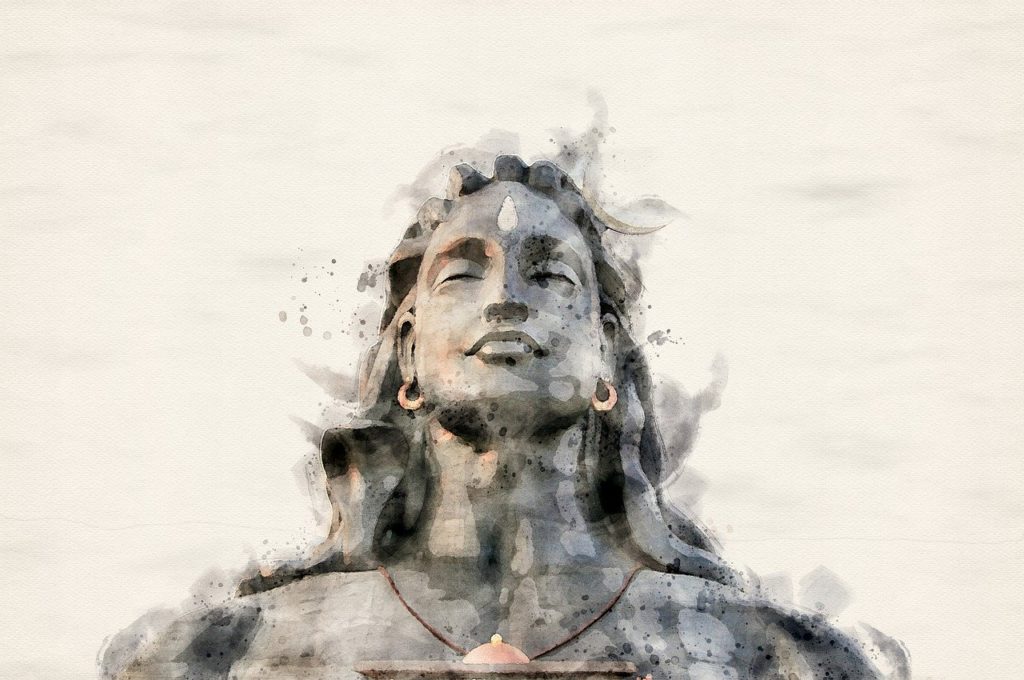
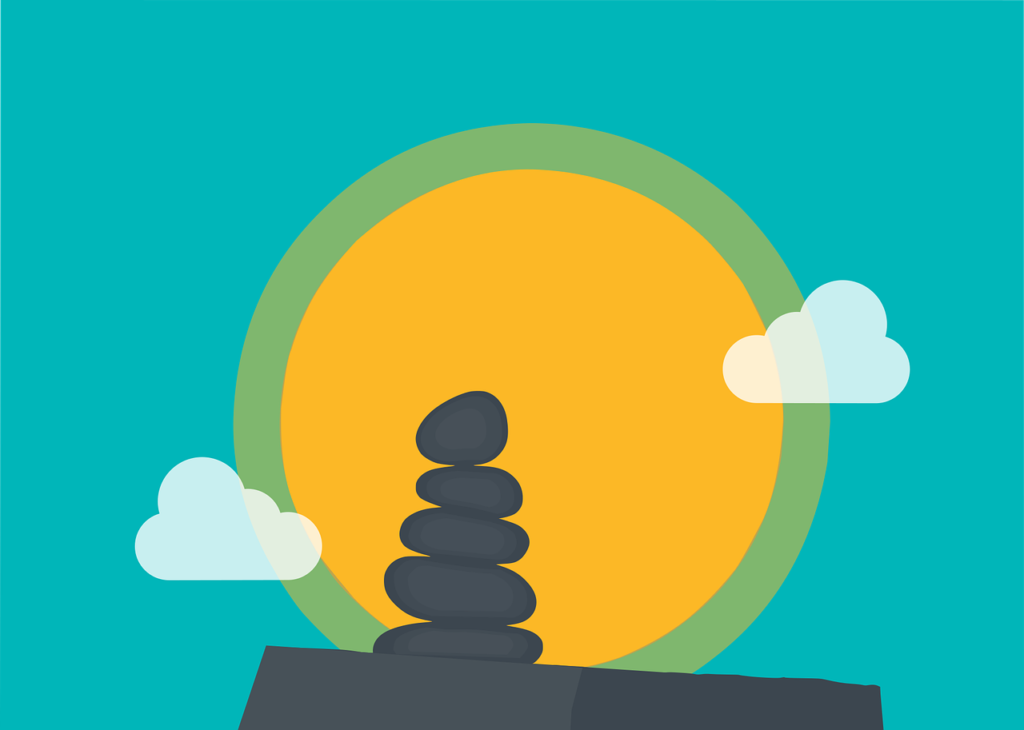
“The vital force of a living entity includes the five kinds of air working within the body, which are known as prāṇa, apāna, vyāna, samāna and udāna. The vital force is compared to a serpent because a serpent can live by simply drinking air. The vital force carried by the air is described as the pratīhāra, or the bodyguard. Without the vital force one cannot live for a moment. Indeed, all the senses are working under the protection of the vital force. “[From Srimad Bhagavatam 4.25.21, purport]

